The majority of small or middle-sized U.S. companies blame their attitude and lack of enthusiasm on the lack of verifiable evidence of economic expansion, and surprisingly, not on the scarcity of bank loans.
“Small businesses and middle-market companies put the brakes on growth-oriented investments last year and are sending mixed signals about their intentions for the year ahead,” according to a report by Greenwich Associates, a market research enterprise.
Close to half of all small businesses and more than one-third of medium-sized firms decreased overall spending toward expansion, upgrading, or modernizing during the past year. Going into 2011, enthusiasm for increased spending is at an all-time low.
Investments in new or additional equipment were curbed in 2010, and 2011 will most likely be known as another year of depressed spending habits.
“Our research suggests that the prolonged economic slump has reached the point at which many companies have decided to keep new investments on hold—regardless of the availability of credit,” said Greenwich consultant Chris McDonnell in a statement.
Yet, it is not all doom and gloom on the small-business front. About one-third of all small-business owners will hire one or more people next year, almost 10 percent more than the number of companies this year. About 14 percent more middle-sized companies will hire more employees in 2011 than 2010, although there was no speculation on how many people would be helped off the unemployment line.
The domino effect remains. If companies curtail or maintain the status quo regarding capital spending, equipment manufacturers’ sales remain flat or decrease. This in turn fuels unemployment, which the present administration wants to reduce as soon as possible.
“We are not yet creating jobs at a pace to help all those families who’ve been swept up in the flood,” said President Barack Obama at a Brookings Institution forum on job creation this month. “There are more than 7 million fewer Americans with jobs today than when this recession began. That’s a staggering figure, and one that reflects not only the depths of the hole from which we must ascend, but also a continuing human tragedy.”
Bank lending activity remains low. The majority of firms will use cash reserves instead of short- or medium-term loans if they opt for expansion or modernization to create more jobs. Around 60 percent of small firms and 70 percent of medium-sized enterprises have no doubt about financing any capital expansion from internally generated funds.
“At the top end of the middle market, companies with strong credit ratings and balance sheets have ample access to bank credit—but many of these companies have also built up significant cash reserves that they plan on putting to work through capital investments,” said Pete Garrison, consultant at Greenwich.
Closing Operations
Executives continue to talk about managing costs by closing down business units and curtailing capital spending in an effort to make a profit at the bottom line and please shareholders and Wall Street.
Charles River Laboratories International Inc., a pharmaceutical firm based in Wilmington, Mass., diplomatically said in a recent press release that it “intends to pursue strategic alternatives for certain non-strategic or under-performing Preclinical Services assets, including the U.S. Phase I clinic and the China preclinical facility” to reduce operating losses by $10 million.
Like many other firms today, Charles River is forecasting continued slow economic recovery and is reducing operations.
During 2009, 58.7 million U.S. businesses filed for bankruptcy, according to recently released statistics by the Bankruptcy Action website. Between January and the end of September this year, 58.3 million businesses filed for bankruptcy.
Caterpillar’s Story
But even during times of upheaval, there are opportunities for companies to expand strategically and eventually seize market share from rivals.
One example is Caterpillar Inc., the heavy industrial equipment manufacturer.
Historically, Caterpillar hit bottom during the economic downturn that began in 1982. Sales revenue dropped more than $6 million, and this company had to lay off 12,000 workers, closing its Mentor, Ohio, plant.
Between 1983 and 1985, Caterpillar reported financial losses, resulting in plant closings and layoffs. By 1986, Caterpillar, by outsourcing many jobs to Scotland and Japan, became profitable again and has remained profitable since, despite the economic downturns and bitter labor strikes.
“We put together our Vision 2020, our long-term strategy, back in 2004, 2005. I think it’s stood the test of time very well,” said Jim Owens, retired chairman and CEO of Caterpillar Inc., during a recently published interview with consulting firm McKinsey & Company.
Having survived and maintained profitability, Owens, who joined the company in 1972 as an economist, stated that the company’s long-term strategy and continued investment was the driving force in its survival.
“A lot of that was embedded in our strategy, as was the need to be prepared for extreme fluctuations and a trough scenario of a deep global recession,” Owens said.
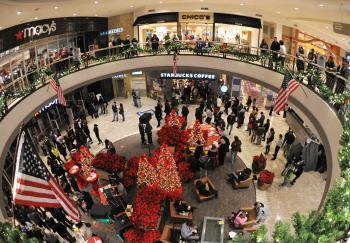
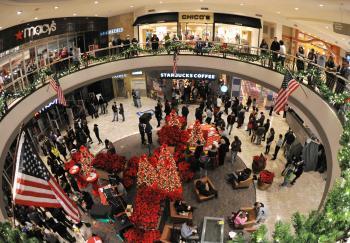
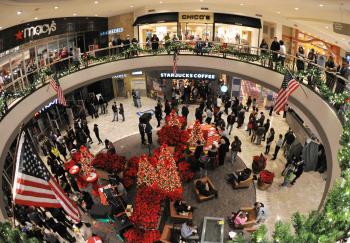
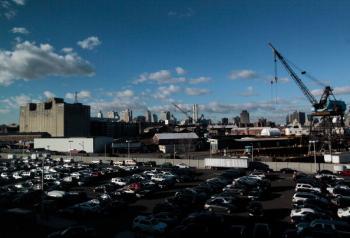
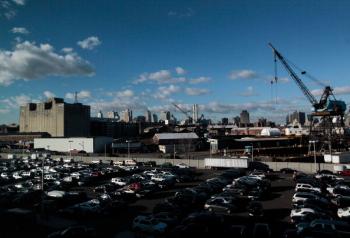




Friends Read Free